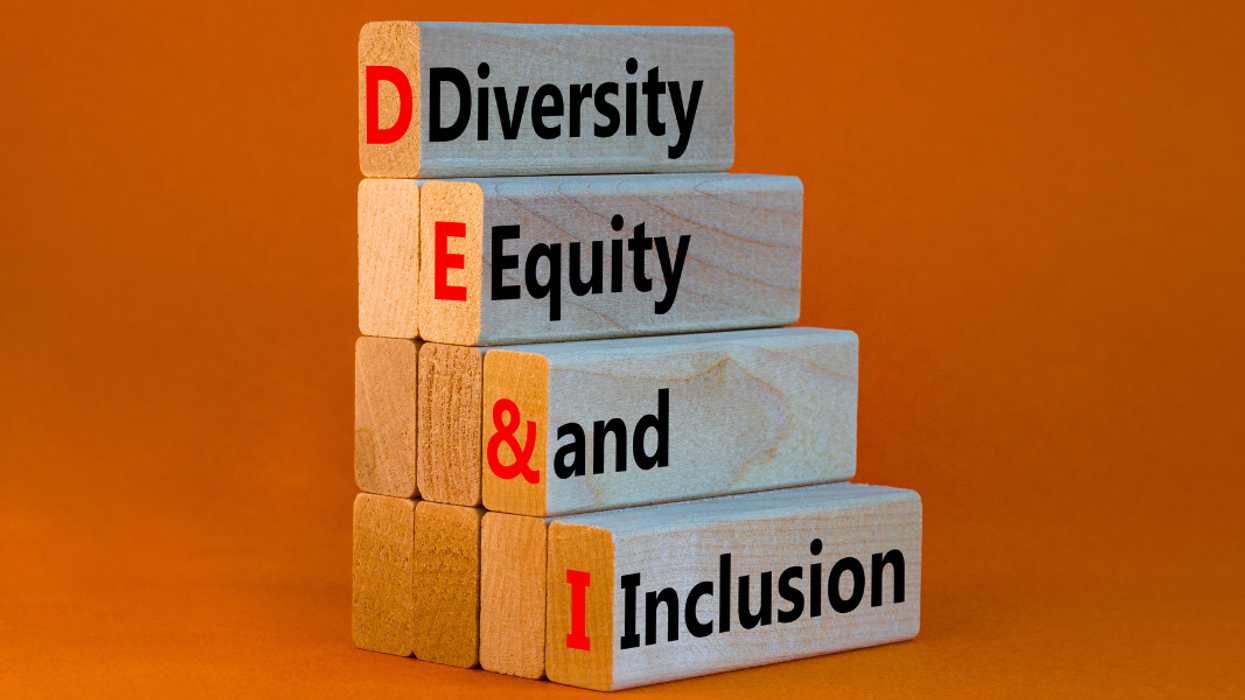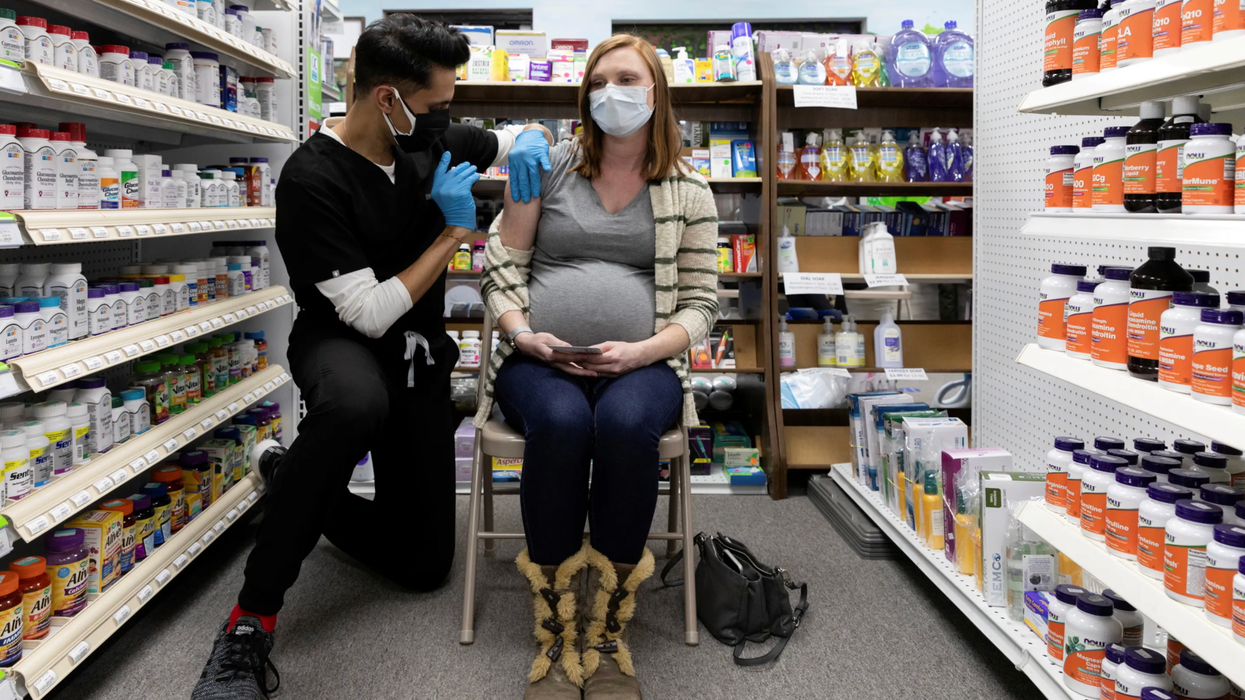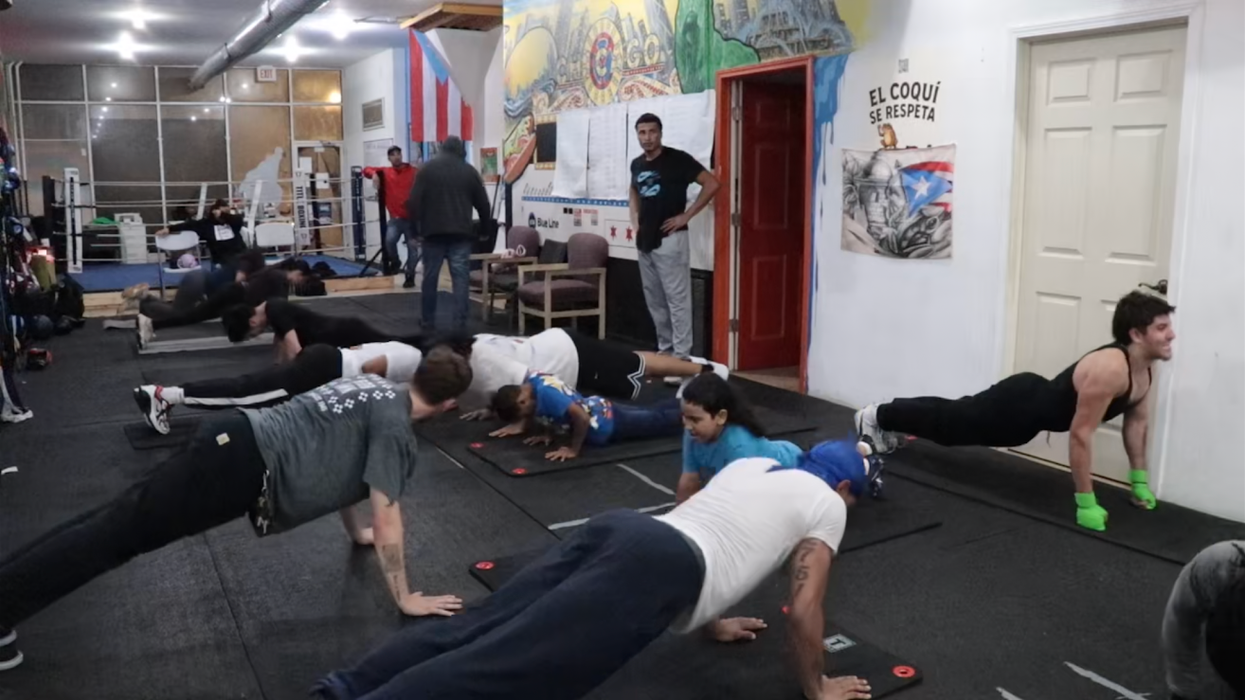Silva is a globally minded leader, cross-cultural communicator, and advocate with extensive experience in a variety of sectors, including all things contributing to DEI.
Did you know that by doing the right thing the wrong way, you could do a lot more harm than good? You don't have to look any further than the many tone deaf ad campaigns that somehow still make it out in the world and see that if people leap before they look, they can make quite the embarrassing splash. Such is the case with many of the DEI+ initiatives in far too many organizations. It saddens me to see that something that could do so much good is falling short of its ideals for so many completely avoidable reasons. But, I've been around long enough to know that Friedrich Nietzsche wasn't wrong when he said:
“All great things must first wear terrifying and monstrous masks in order to inscribe themselves on the hearts of humanity.”
Mindful of this, I believe that DEI in many ways will have to DIE in order for a larger contingent of us to embrace the principles it is meant to elevate. And while the premature death of DEI+ doesn't have to be the evolutionary path we humans must take, history has shown that we rarely take the easier route, because that would mean that some folks would have to admit that they don't know what they are doing or aren't qualified to make the decisions they've been trusted to make. And well, there's nothing more un-American than saying, "Oops. My bad."
Qualified Immunity
Back in 2003, when I was trying hard to get transferred into the Office of Diversity and Inclusion in a previous work context, it was a White man who worked in the office who eventually came out and told me that I would never get hired in the office. When I asked him why, he said, "Because if we bring you in, you would be the only person qualified in this office, even more than the Director."
For months, he had seen me coming in the newly formed office on my lunch break reading articles, he had read my essay I wrote called "Crafted in Diversity" that told of my multi-race, multi-faith, multi-ethnic, multi-political background and how my life experience, self study, and pending Certification in Diversity Training Management had more than prepared me to work in that office. And every time I saw him, he engaged me in conversation and indulged my questions. He was a nice guy. But, it wasn't until I told him that I was about to graduate from my program that he broke it down for me that the Office of Diversity and Inclusion, where I had yet to see someone that was Black or a person of color, would never bring me in because the office was not "functional."
Of course, this was difficult to hear. But, even more so since there was no representation in the office that reflected my life experiences. At that point, I could have been discouraged. But, I pressed on because I do believe what many organizations profess about the value of diversity. Although, it has become increasingly apparent that many of these organizations have a long way to go toward practicing what they preach.
The same can be said for many of our “inclusive communities.” In 2006, I had the experience of trying to join a volunteer “diversity committee” in an affluent community I was living in temporarily. When I arrived at the meeting, they proceeded to express these same values. And, given that it was a volunteer role and I was the only Black or person of color in the room, I assumed I was a shoe in. And yet, when I called to follow up, I was told that they decided that the committee had all the people it needed. So, I had to wonder how it was possible that these homogenous teams were able to convince themselves that they knew how to value the diversity they wouldn’t even accept in their ranks. Was it me or was it something more systemic?
Now, don't get me wrong. I am not someone who thinks that White people or White passing people cannot be leaders in the ever-expanding realm of what qualifies as diverse. I have a friend who was preaching diversity back in the late 80s and early 90s when most people didn't know what he was talking about. And guess what? He was White and he still is. So, it's not that. But what does get me is how the demographics reflect the same patterns that created the need for diversity professionals in the first place.
The More Things Change... You Know the Rest
According to the same demographics, not only are most CEOs White, of those who are White and male, they make an average of $11k more a year than women and more than other races who hold the same or a similar position. Which, in some ways I find comical. But, I digress.
I am not as surprised by this as I probably should be. Nor am I offended. I've been around long enough and seen enough, that I am not surprised by much. And on more than one occasion, I have been able to predict relational outcomes in matters of diversity simply because, as my essay was titled, I was "Crafted in Diversity." I have been navigating these dynamics since age 2 and I know a systemic outcome when I see one. But besides that, many of our relational outcomes are predictable because most of our institutions are built on a manufacturing minded, tangible outcome based paradigm where most of our systems and processes are designed to minimize variation. And what is diversity if it isn't variation?
So when your business model is built on reducing or even eliminating variation in order to maximize productivity (output) and efficiency, it is highly likely that your organization's culture will reflect what you value most and discourage what you value least. Which, for many folks, whether consciously or unconsciously, makes more business sense than DEI+ does in this dominant paradigm. As Upton Sinclair said, “It is difficult to get a [person] to understand something, when [their] salary depends upon [them] not understanding it!”
Next week, The Fulcrum will share the final of my two part series where I discuss some insights from my 20-year experience working on DEI programs, my discovery of the many flaws that have impeded success, and how we move forward.


















